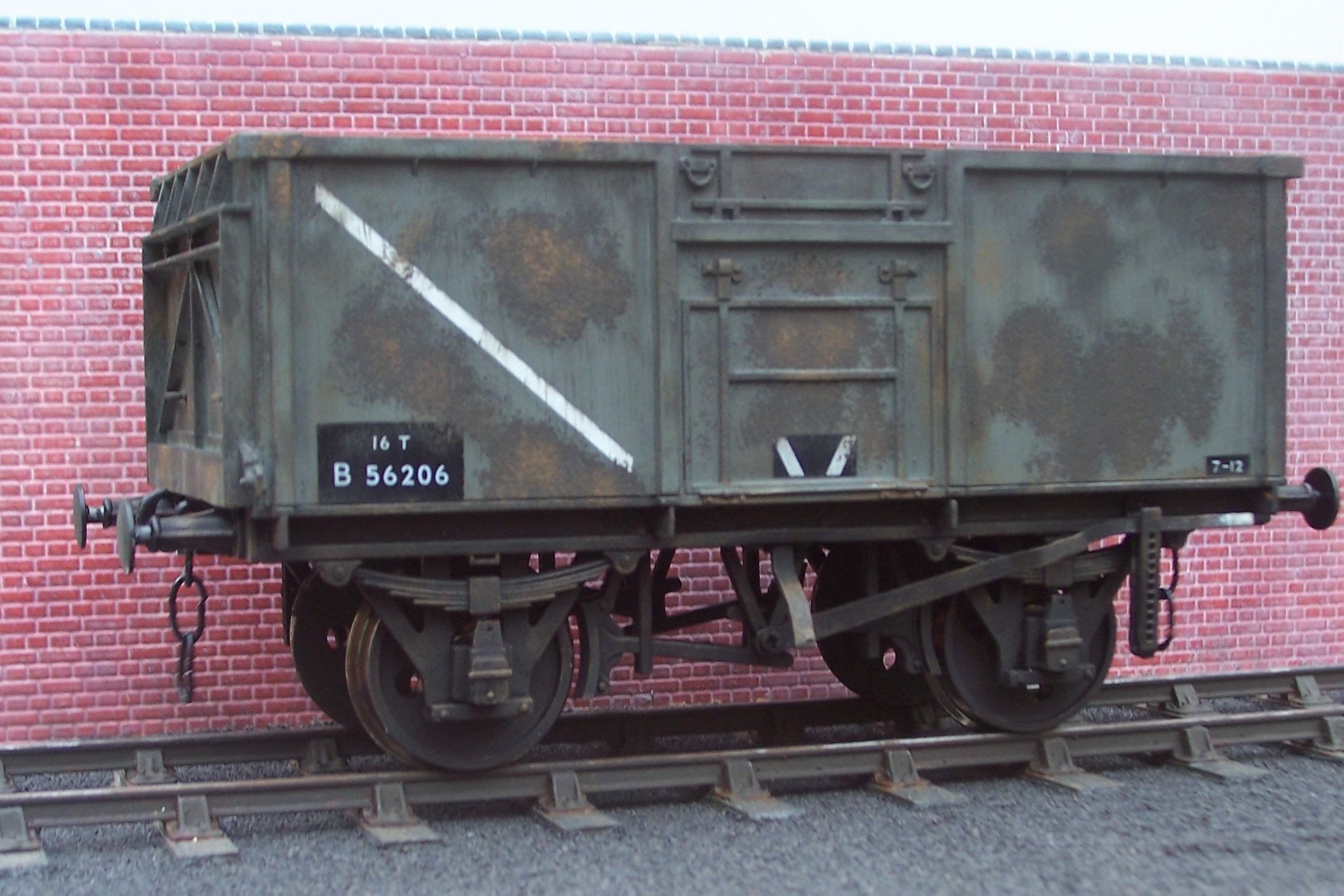…even if they don’t share it!
The latest issue of Model Railroad Planning came out a couple of days ago. I always enjoy reading it, even if I don’t agree with everything in it, as it gets a bit more behind the scenes and addresses some of the issues that typical monthly periodicals are less inclined to give editorial space to. I have found 3 articles particularly interesting, amongst a good sprinkling of great pieces, including one from England!
There is an interesting piece from Malcolm West about moving up from N to H0, but which is really about how little one really needs for a satisfying model railway layout, as he is discovering.
Lance Mindheim is is his usual thought-provoking self, too, when addressing complexity and differentiating between planning (your strategic objectives) and design (curves, track arrangements, etc). As he says, “putting planning… …ahead of design greatly increases the odds of ending up with a [layout].” No answers, but plenty of questions for you to answers, with a handful of pointers and observations: vintage Lance!
But the clear leader of the pack for me is René Gourley’s article about making his railway-room a family-friendly room. If you follow his blog, you may have seen my comments already, but he brought home some lessons I have learned, but he has provided an eloquent exposition of how to make sure you aren’t excluding your family from yourself.
You see, I have had over the years experience of various spaces for my hobby: my bedroom, an attic (via a fold-down ladder), just the corner of a room, a spare room big enough to store a modelling bench and books, store, etc, but not a layout, a garage which although built into the house, had no internal door, and latterly a log cabin, which I began building in September 2021 and finished about a year later. The attic, garage and log cabin were (and are) all big enough to house a layout, books, parts, machine tools and a modelling bench, but I will be completely honest here: they all failed. In the case of the log cabin, this is still failing. For two simple reasons. Firstly, it’s remote: not part of the house. Secondly, no one else visits me. Why would they: it’s remote, and designated as my hobby space? The attic (when I was a teenager) meant scrambling up an aluminium ladder, to experience restricted head room, and extremes of whatever the weather had going on outside, the garage meant leaving the house via the front door, opening the garage door and then opening the internal partition door I had installed. And the log cabin requires leaving via the back door, crossing the yard, and going half way down the garden. Hardly encouraging!
René talks about making his basement space accommodating to family, as well as serving as his railway room, modelling bench, modelling storage, desk for working from home, and also as a guest room for visitors. Progress on his layout was halted whilst doing this, but it was worth it. Very worth it. I am likely to be moving house this summer: I am would consider space for building another cabin, or an attic, or a garage, for housing a layout and the lathe, but an absolute must is to be able to do basic modelling in the house, in a room where other members of the family are welcome to visit. Ideally, it would house a layout, too, but that’s not so important, as it turns out.



You must be logged in to post a comment.